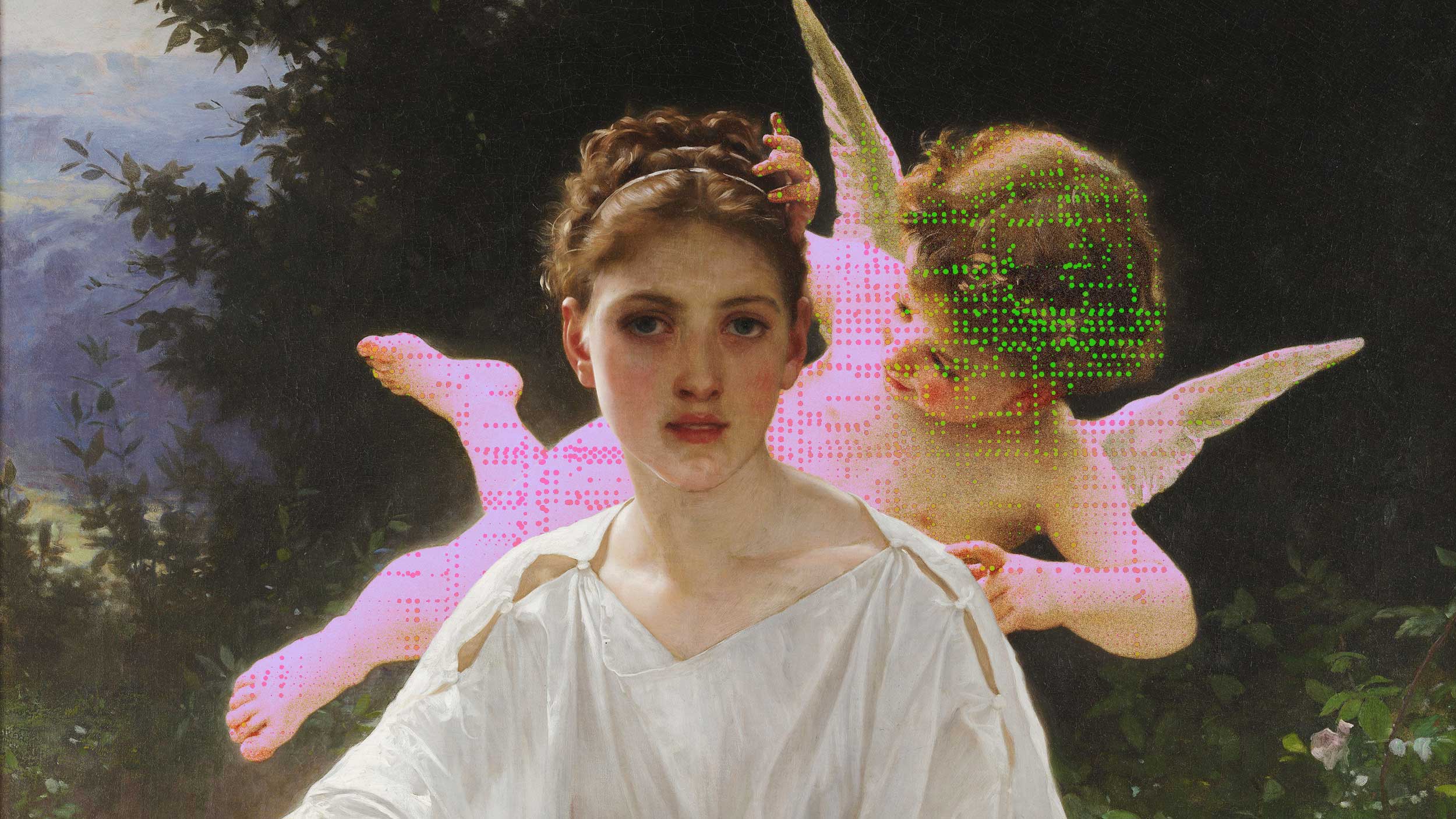A Snapshot Look at the Future of the Web

The technology world is all about tipping points, and last month marked the first time ever that a mobile phone (the iPhone 4) became the most popular camera on the popular photo-sharing site Flickr. The change speaks to a broader cultural zeitgeist, in which the ability to transmit images instantaneously to your online social network is valued far more highly than image quality. There are over 1 trillion images on the Web right now, and Facebook is now the largest photo-sharing site on the Web. Some of the innovation coming out of this digital photography zeitgeist has been absolutely incredible – like an entire social network created around photos or brand loyalty programs that reward travelers for uploading images to the Web. One thing is certain: the photograph is becoming the primary way by which we experience the Web.
In fact, mobile photosharing apps have become one of the hottest new cottage industries on the Web. Apps like Hipstamatic and Instagram are at the forefront, providing funky lenses, retro-effects and cool filters that transform everyday digital photos into works of art for millions of users. Nearly any photographic function available on a traditional camera is now yours for a mere $0.99 in the iPhone app store. For example, Tilt Shift Photography – once the exclusive preserve of highly-trained camera experts – is now available to the novice photographer, for less than the price of a cup of coffee.
As photos become integral to the way we communicate our lives to others in our social networks, they are also becoming part of the way that brands communicate with consumers. Take Facebook, for example, which recently opened up the tagging of photos to brands. This may seem like a small move (photo-tagging has been around for awhile), but it could transform the product placement experience into an everyday event shared between friends: Check out this cool Coca-Cola I’m drinking while updating my Facebook page.
Already, the concept of product tagging is opening up entirely new ways to sell products that transform traditional e-commerce. Consider Stipple, which has the ability to transform any celebrity photo on the Web into a shopping opportunity (the site is backed by Justin Timberlake, among others). By mousing over an image of a celebrity like Katy Petty, you can see information on where to buy the dress she’s wearing or the clutch handbag she’s holding’. For now, the key obstacle is image recognition technology. If you like the look Katy Perry is rockin’ – and aren’t too fussy about getting the exact product, then you can use a service like Pixazza, which connects products within photos to e-commerce engines. Already, Pixazza is attracting more than 100 million unique visitors a month. If there was ever a reason to add interactive photos to your content website, this might just be it.
What’s clear is that mobile cameras are transforming the traditional Web experience in innumerable ways, from search to e-commerce to advertising. Everything is just a lot more visual these days, with people literally uploading hundreds of photos at a time to Facebook – and then tagging all these photos with information about friends, places and products. We used to say that a picture is worth a thousand words. Now, we can safely say that a picture is also worth a thousand mouse-clicks.
[image via: Hipstamatic]





